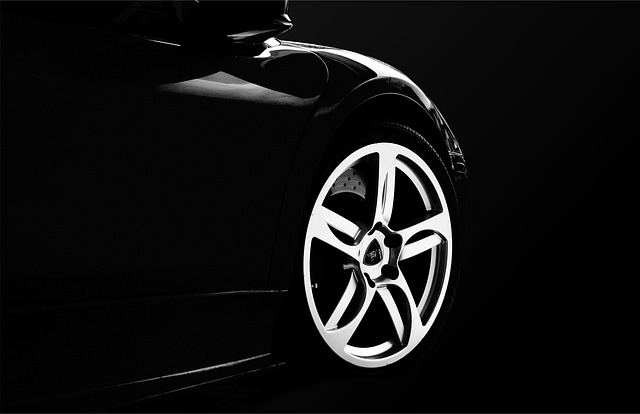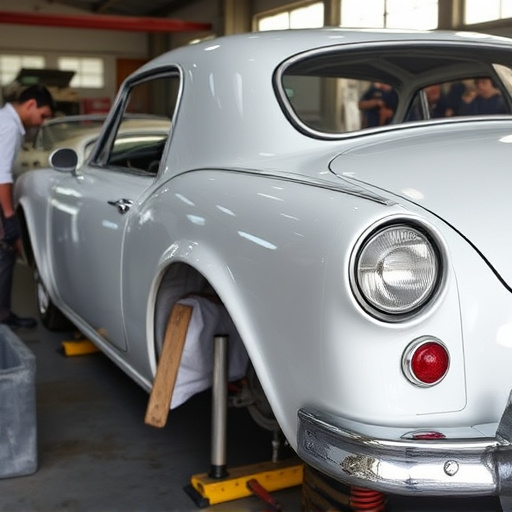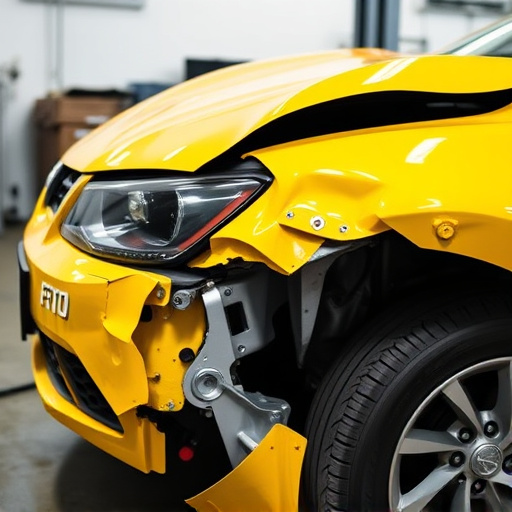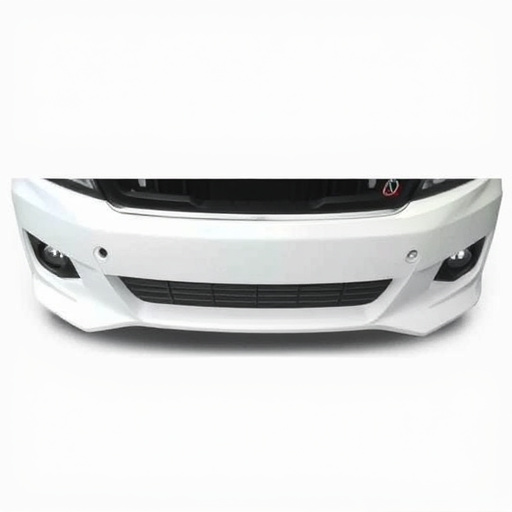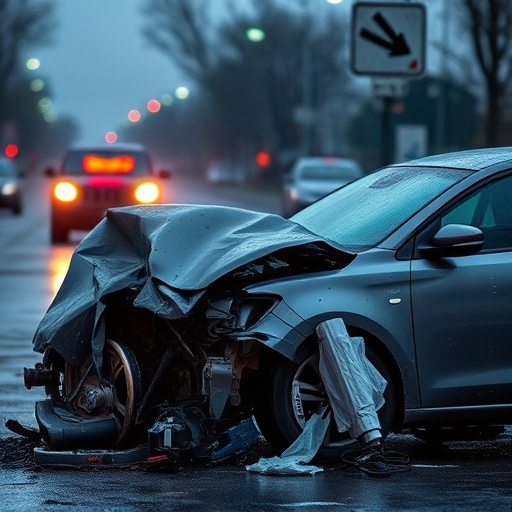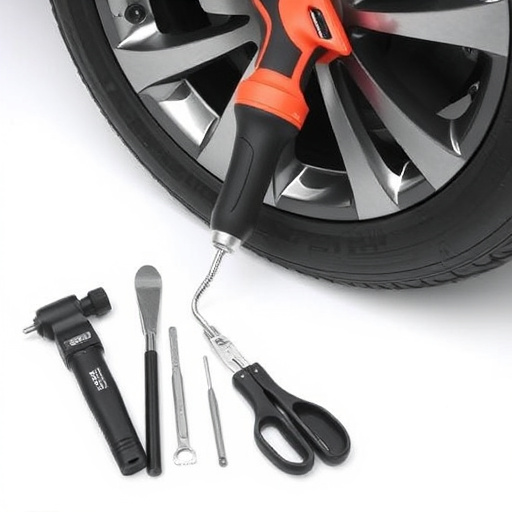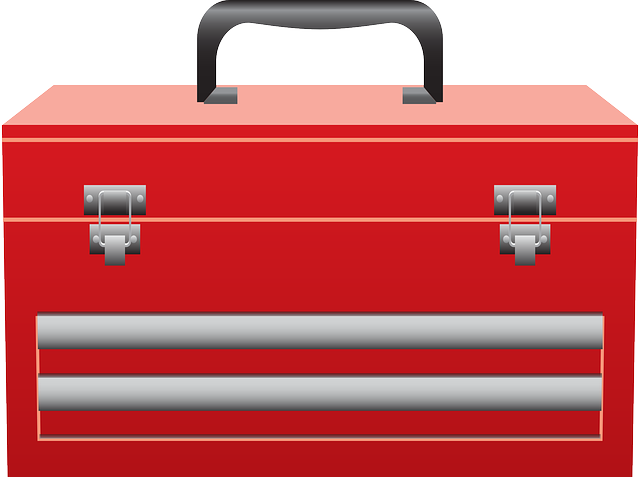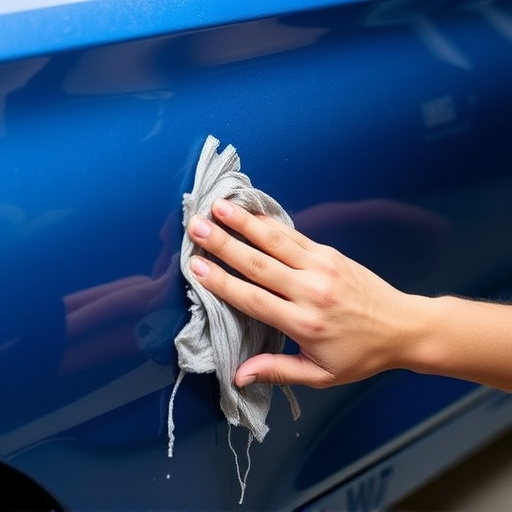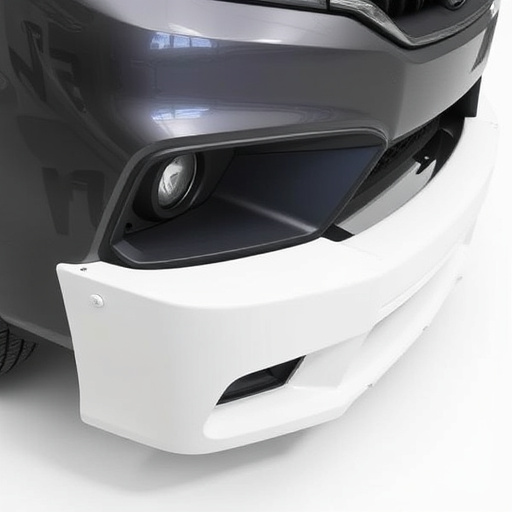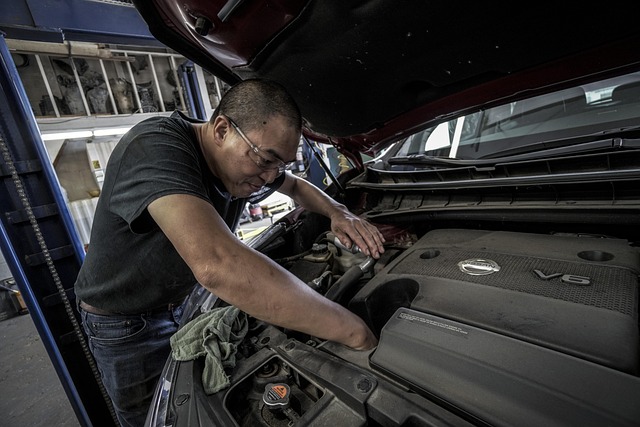Car frame damage, from accidents or minor bumps, can compromise a vehicle's structural integrity and safety. Professional body shops use advanced tools like laser straightening and CAD design for accurate repairs, meeting strict safety standards. Cosmetic repairs focus on exterior aesthetics, while structural repairs address deeper issues affecting safety and stability. Choosing the right method is vital to ensure long-term vehicle safety, performance, and functionality, as even minor structural damage can escalate over time.
Car accidents can cause varying degrees of damage, with structural and cosmetic being two distinct categories. Understanding the difference between these types of repairs is crucial for long-term safety and vehicle longevity. This article delves into the intricacies of car frame damage, exploring causes, assessment methods, and the importance of employing correct repair techniques to ensure both aesthetic and structural integrity. By understanding these distinctions, drivers can make informed decisions when tackling car frame damage repair.
- Understanding Structural Car Frame Damage: Causes and Impact
- Cosmetic vs. Structural Repair: Assessment and Techniques
- The Importance of Correct Repair Methods for Long-Term Safety
Understanding Structural Car Frame Damage: Causes and Impact

Car frame damage can stem from a variety of causes, ranging from severe accidents to minor fender benders. Understanding the nature and impact of this type of damage is crucial for anyone considering car frame damage repair. At its core, structural integrity defines a vehicle’s safety and handling capabilities. Even seemingly minor incidents can compromise this integrity by bending or deforming metal frames, crucially affecting alignment and stability.
Such damage often goes beyond mere cosmetic issues. It can lead to safety hazards, reduced fuel efficiency, and compromised performance. A vehicle body shop specializing in automotive repair will employ advanced techniques like laser straightening and computer-aided design (CAD) to accurately assess and rectify these problems. The ultimate goal is not just to restore the car’s exterior appearance but also to ensure the vehicle meets rigorous safety standards through comprehensive car frame damage repair.
Cosmetic vs. Structural Repair: Assessment and Techniques

When assessing car frame damage repair, understanding the distinction between cosmetic and structural repairs is paramount. Cosmetic repairs focus on restoring the exterior appearance of a vehicle, addressing dents, scratches, or dings that might detract from its overall aesthetics. Techniques such as painting, patching, and metal straightening are employed to achieve a seamless finish that aligns with the car’s original design.
Structural repairs, however, delve deeper into the integrity of the car frame. These repairs are necessary when damage affects the vehicle’s structural components, like crush zones, chassis, or body panels that contribute to safety and stability. In such cases, techniques like welding, replacement parts installation, and computer-aided alignment are utilized to ensure the car not only looks good but also functions optimally. Auto body work professionals in automotive body shops equip themselves with expertise in both cosmetic and structural repairs to deliver comprehensive car repair services tailored to each unique incident of car frame damage.
The Importance of Correct Repair Methods for Long-Term Safety
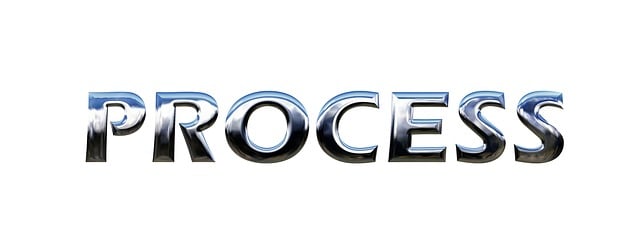
When it comes to car frame damage repair, choosing the right method is paramount for long-term safety and vehicle performance. While cosmetic repairs like car scratch repair or auto painting can make a vehicle look as good as new, they do not address structural issues within the frame. Structural car frame damage repair goes beyond the surface, ensuring every component is in optimal condition to bear the weight of the vehicle and maintain its stability during driving.
Neglecting proper vehicle body repair techniques could lead to compromised safety. A strong frame acts as the backbone of your car, supporting the chassis, engine, and other critical systems. If left unfixed, even seemingly minor structural damage can escalate over time, affecting handling, braking, and even increasing the risk of accidents. Therefore, it’s crucial to invest in comprehensive car frame damage repair that prioritizes both safety and long-lasting functionality.
When dealing with car frame damage repair, distinguishing between structural and cosmetic issues is paramount. Understanding the underlying causes and assessing the extent of the harm ensures the selection of appropriate repair techniques. While cosmetic fixes may enhance aesthetics, addressing structural integrity is crucial for long-term safety and reliability. Choosing the right repair methods, guided by expert assessment, guarantees not just a visually appealing vehicle but also one that remains structurally sound on the road.
